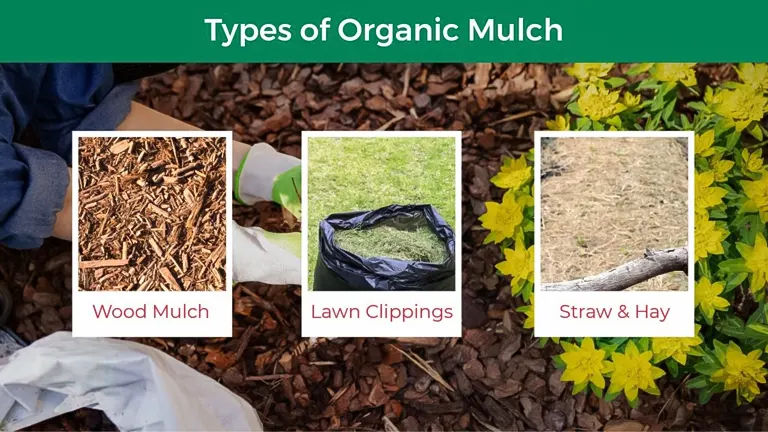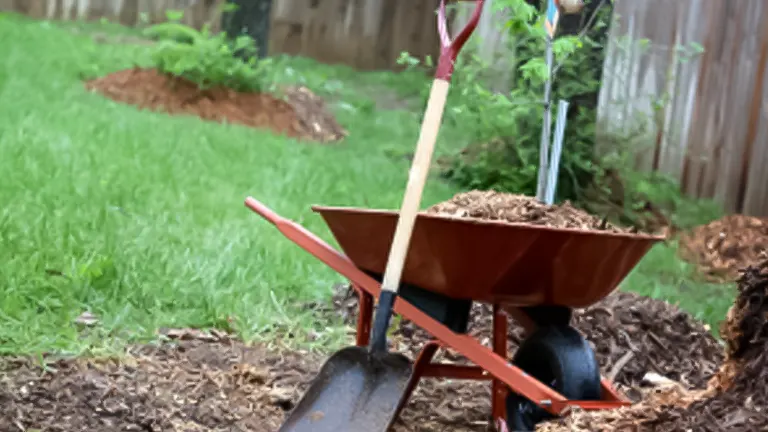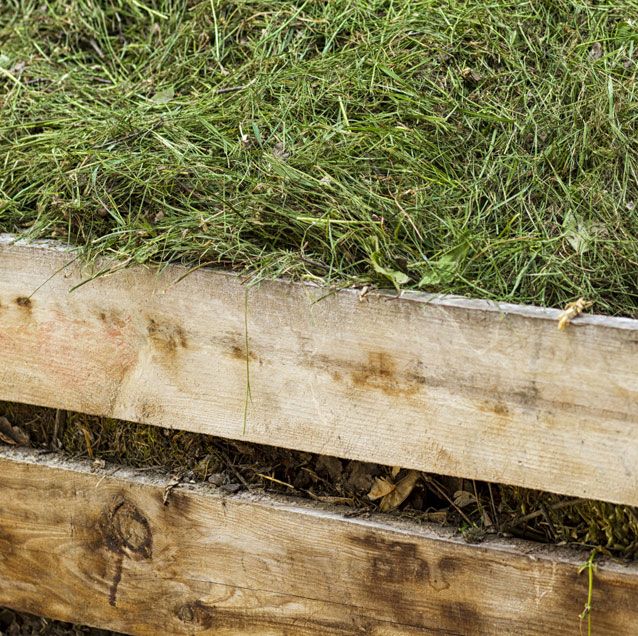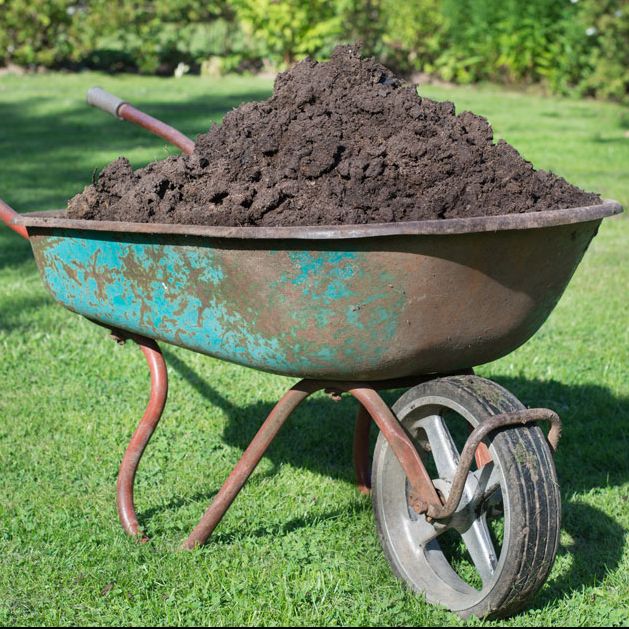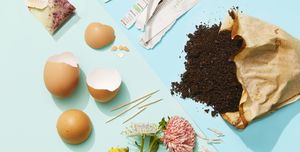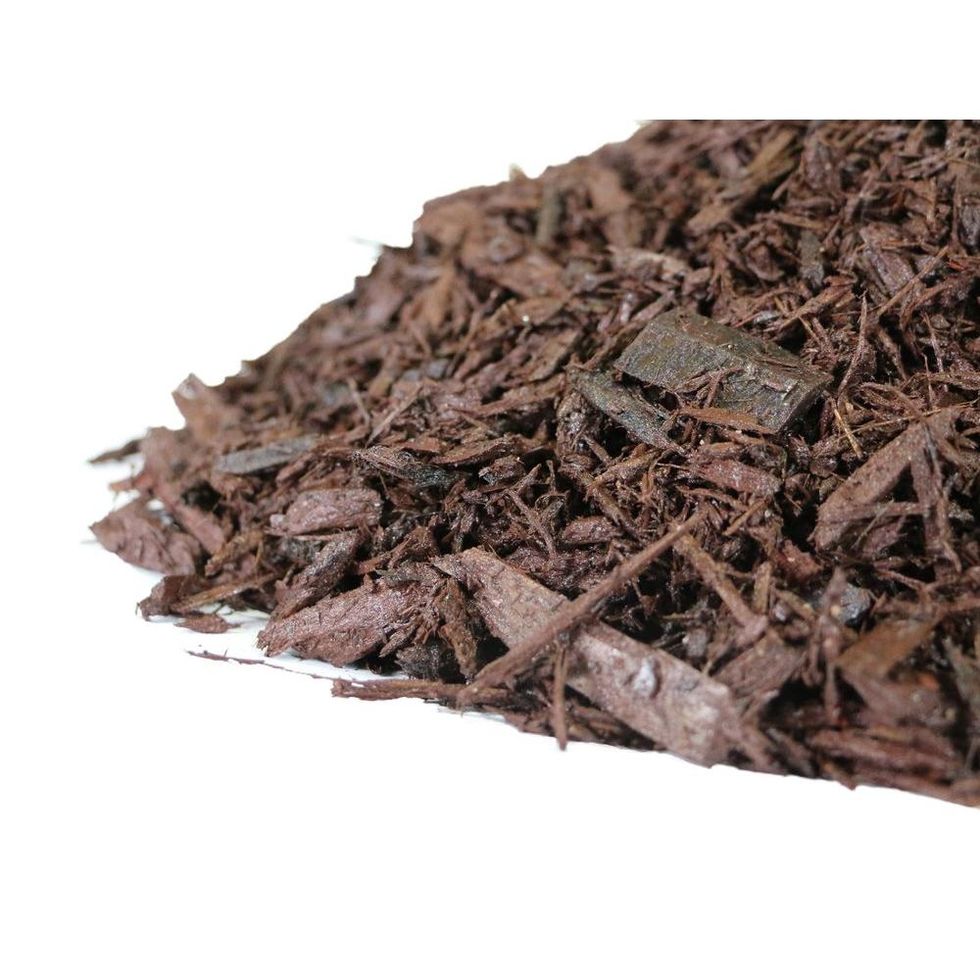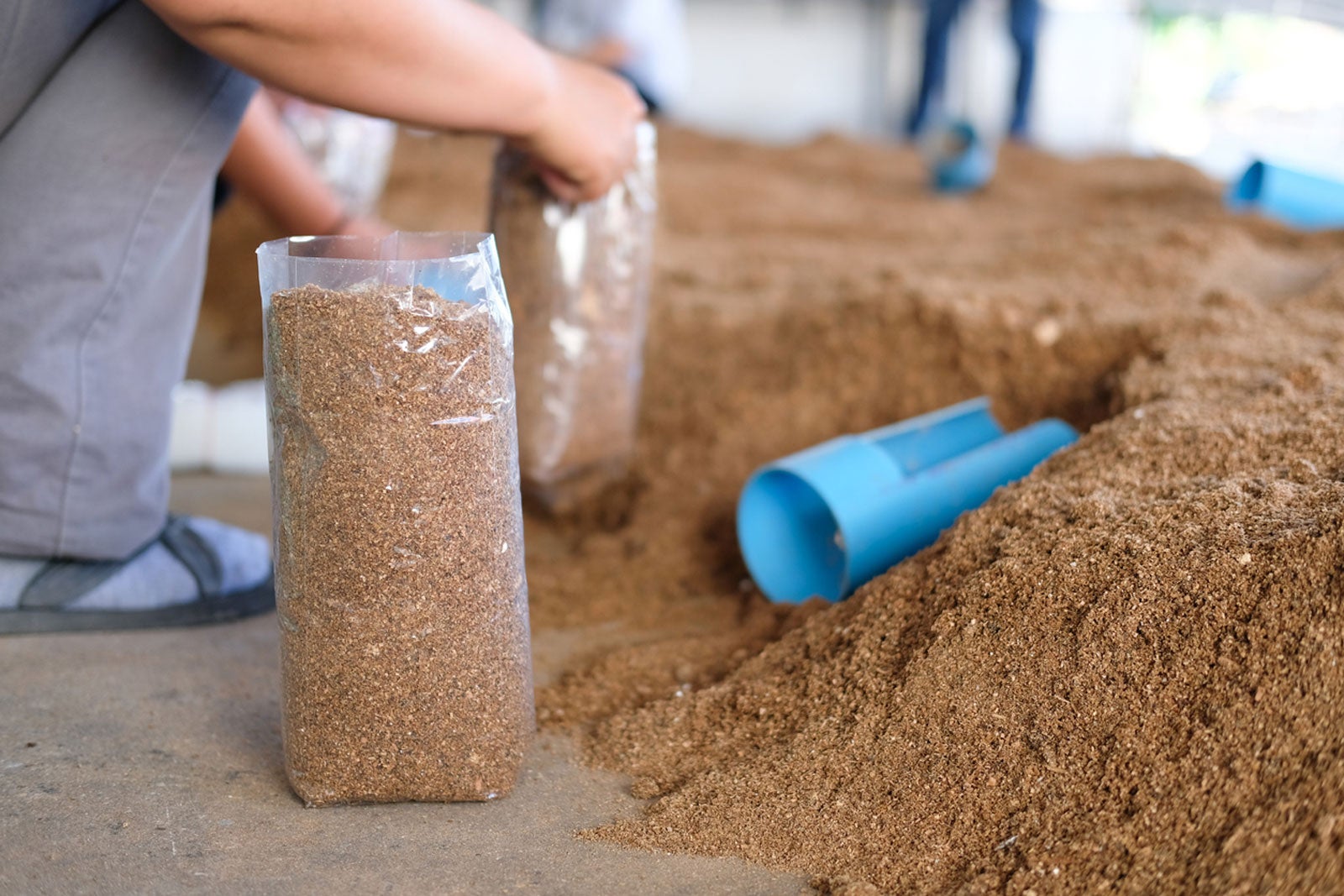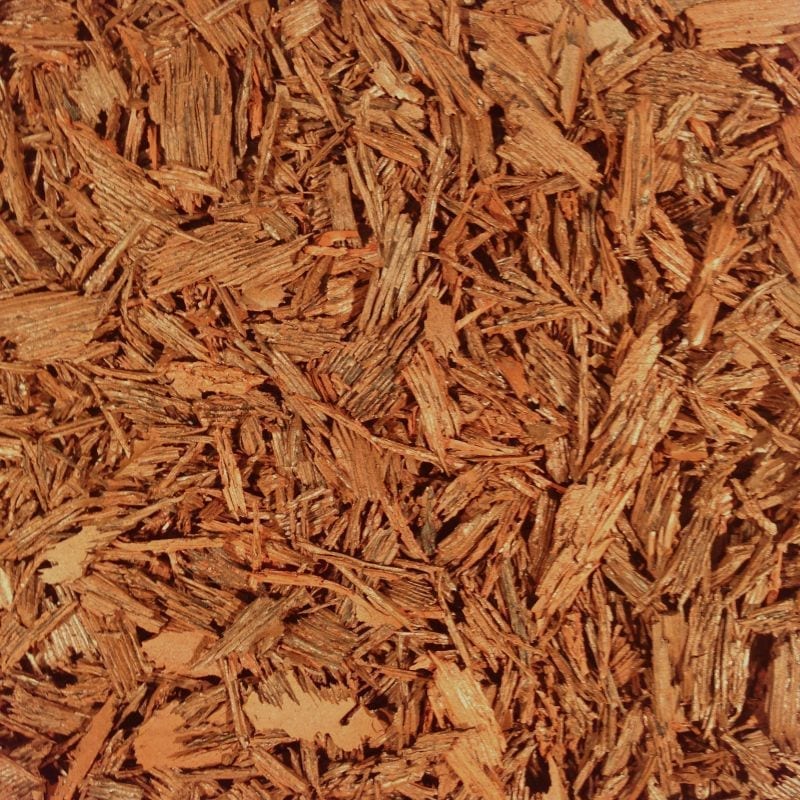
Attractive and biodegradable, it's suitable for perennial flower gardens and helps retain moisture while preventing weeds[2].

Offers bold color and works well for decorative purposes, but might not enrich the soil as it is chemically treated[2].

Lightweight and effective in retaining moisture, good for decorative uses around flowers, shrubs, and pathways[2].

Can be obtained for free from tree removal services, effective for pathways and weed suppression[2].



Retains moisture and suppresses weeds, made from recycled tires, but does not enrich soil[4].

Allows water and air through while blocking weeds, but can degrade over time[4].

Used to suppress weeds effectively, but can lead to watering challenges for plants[5].

A low-cost option for weed suppression, but needs to be topped with another mulch for stability[3].

Breaks down quickly and provides a weed-blocking layer, best used under another mulch[3].
Made from timber wood chip, it improves soil structure and helps with weed control when layered appropriately[3].
Alkaline and light, excellent for lime-loving vegetables but should be avoided around acid-loving plants[4].
Provides moisture retention and weed suppression but use with caution due to potential chemical leaching[4].
Get more accurate answers with Super Pandi, upload files, personalized discovery feed, save searches and contribute to the PandiPedia.
Let's look at alternatives:
- Modify the query.
- Start a new thread.
- Remove sources (if manually added).
